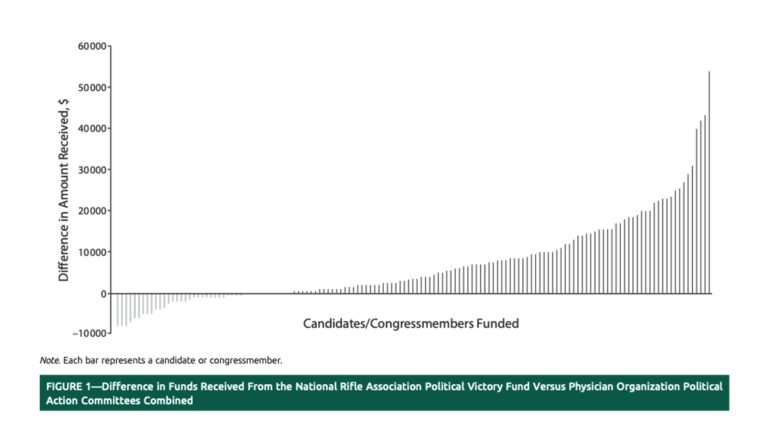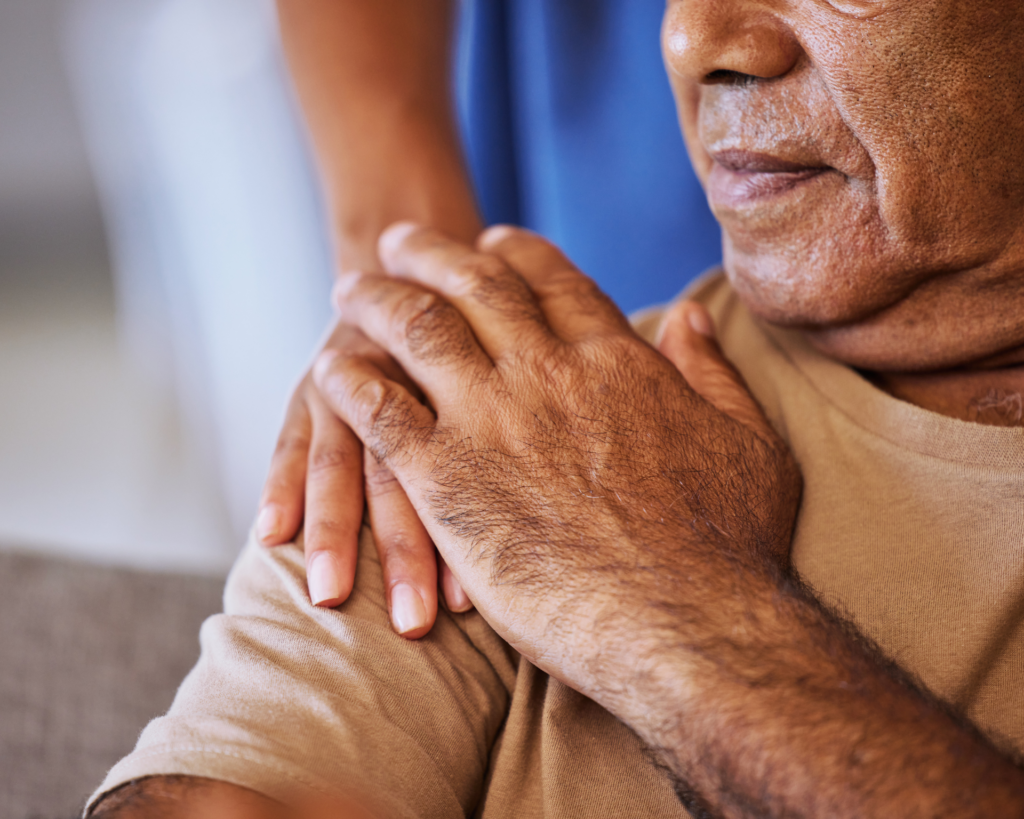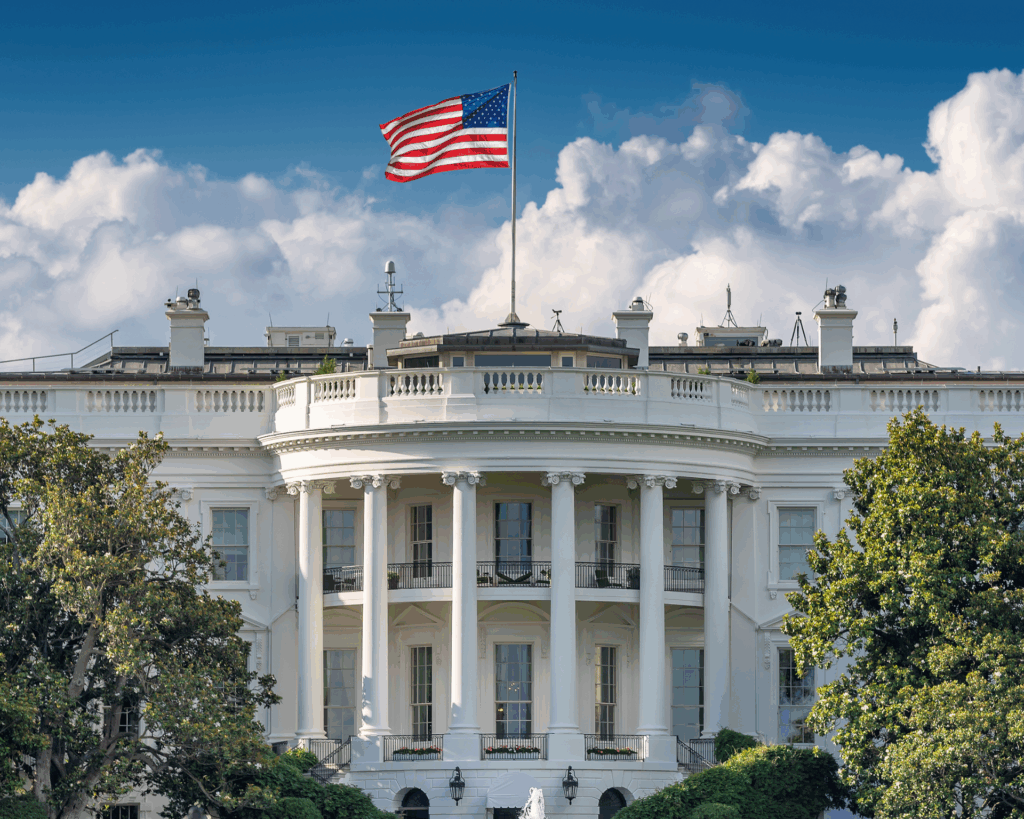Contributions to Congress
Political Action Committees supported by physician organizations may be unknowingly giving to candidates and legislators who oppose firearm safety measures.

Read Time: 3 minutes
Published:
In 2015, the American College of Physicians published policy recommendations to reduce the impact of firearms on health. The National Rifle Association’s response to physicians was that they should “stay in their lane,” to which doctors replied, “this is our lane.” According to the Gun Violence Archive, as of December 16, 2019 there have been 398 mass shootings in the US this year–more than one per day–and nearly 15,000 deaths.
Health professional organizations have made 5% of overall Political Action Committee (PAC) donations in recent election cycles. New research shows these health PACs may be unknowingly giving to candidates and current legislators who oppose firearm safety measures.
A recent study compared donations from PACs supported by physician organizations to donations that came from the NRA’s Political Victory Fund—the NRA’s PAC. The study assesses what the financial impact on congress members would be if physician organization PACs no longer contributed to their campaigns. Only physician groups with stated gun reform policies were included.
A total of 141 members of Congress received donations from both the NRA and a physician PAC with opposing views on firearm policies. The difference between the dollar amount donated from the NRA versus physician organization PACs is shown above. The height of each line corresponds to the difference in dollar donations from the NRA’s PAC and physician organization PACs—the vast majority of candidates received more money from physician PACs than the NRA. Each congress member or candidate represents one line in the chart. Each line with a positive value represents a member of Congress who received more money from a physician PAC than the NRA. The largest difference to one candidate was $54,000, illustrated by the last line furthest to the right. NRA-backed candidates received a total of $1,417,220 from physician PACs compared to $432,800 from the NRA.
If physician PACs were to reduce or eliminate the nearly $1.5 million dollars donated to NRA-backed members, it would send a strong message that members should reconsider their position on firearm safety policies. Physician organizations invariably argue that they’re not “single-issue” organizations, but by continuing to support members and candidates who refuse to enact laws that could improve firearm safety and reduce deaths caused by firearms, they’re unlikely to have meaningful effects on gun policy.
Databyte via Miriam Y. Neufeld, Sabrina E. Sanchez, and Michael Siegel, 2019: Firearm Policy: Physician Organizations’ Role in Political Action Committee Funds, 2018. American Journal of Public Health 109, 1586_1588.



